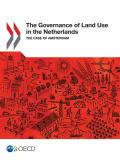
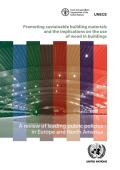
This study provides an overview of the current policy and regulatory environment regarding sustainable construction materials in the building sector in Europe and North America, and, where applicable, offers a commentary on the effectiveness of such regimes in driving the adoption of wood products. The study’s objective has been to...

Forest cover in sub-Saharan Africa declined by nearly 10 per cent between 2000 and 2010. Of this loss, 75 per cent was caused by the conversion of forest to agriculture, largely for food production to serve rapidly growing domestic food demand. Focusing on Ethiopia, Ghana and Tanzania, this study examines...


Cities globally consume up to 80% of the total global energy production and release about 75% of global CO2 emissions. Africa’s urban population is projected to triple from 400 million in 2010 to 1.26 billion in 2050, which represents nearly half of the projected rise in numbers of urban dwellers...
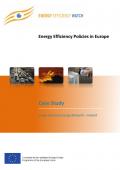
The overall aim of the Large Industry Energy Network (LIEN) is to support companies to build up or to further improve an energy management system and to achieve ISO 50001 certification. Furthermore, the LIEN also supports companies to identify implementation gaps, to broaden the existing (technical) knowledge, and to exchange...
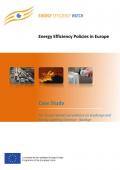
Nordsyn surveillance cooperation for green products intends to improve the efficiency of market surveillance of Ecodesign and energy labelling. Nordsyn ensures a fair and level playing field for the industry and protects consumers from inefficient products and misleading information. Nordsyn has started in 2013 for an initial two years period. After...
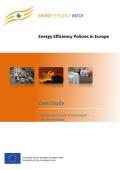
The goal of Sustainable Public Procurement (SPP) of Nether land is to ensure that public procurers, despite working under tight budget constraints, consider the lifecycle costs and not only the purchase price of products and services. No quantitative targets were set. The general objective is to reach ambitious sustainability targets by...
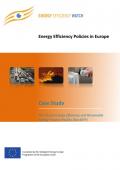
Slovak Energy Efficiency and Renewable Energy Finance Facility (SlovSEFF) intends to channel financing to sustainable energy projects reducing GHG emissions. This is done by providing: Loans (€20k – 2,500k); Grants (7.5% to 15% of loan); Incentive payments; Free technical assistance to borrowers (SlovSEFF 2015). SlovSEFF also aims at transferring and building expertise among banks and companies related to...

The overall target of the Danish government is to reduce total greenhouse gas emissions in Denmark by 40% by 2020 compared to 1990. Furthermore, Denmark aims to have an energy and transport system based on 100% renewable energy sources by 2050. Denmark has also introduced ambitious targets for new buildings. These...
